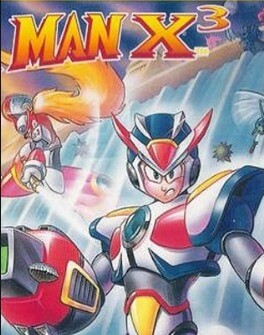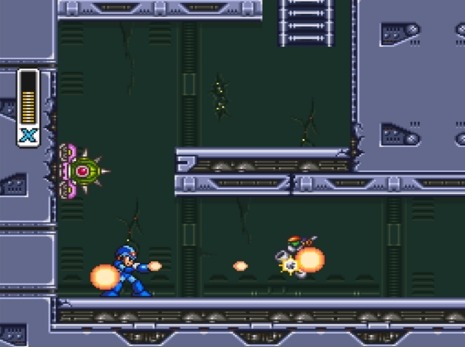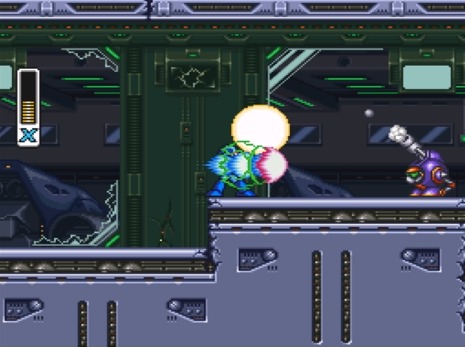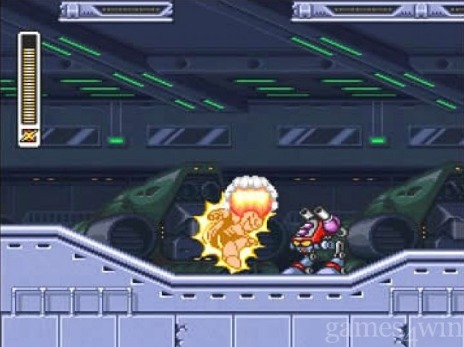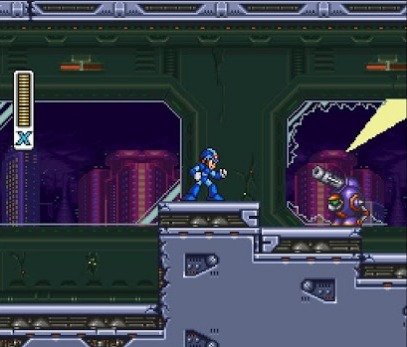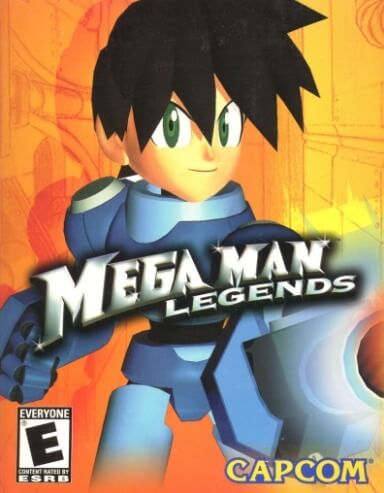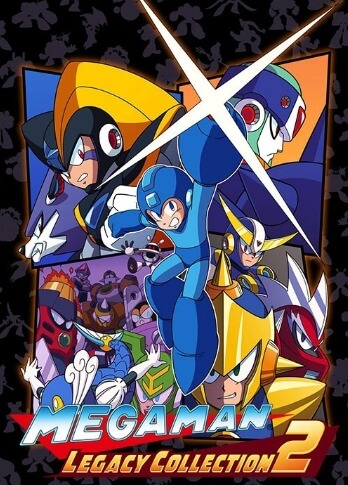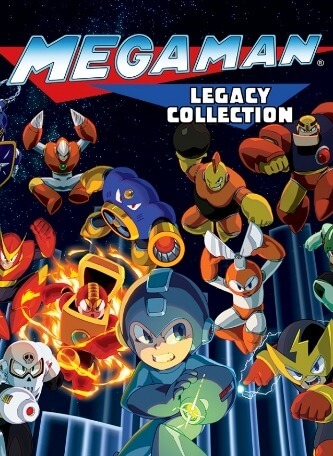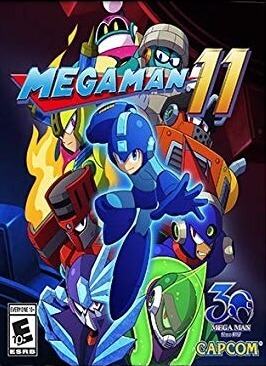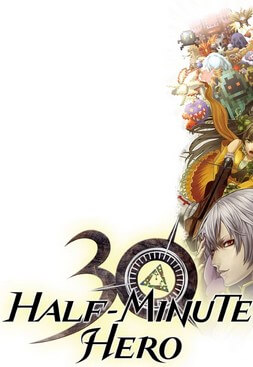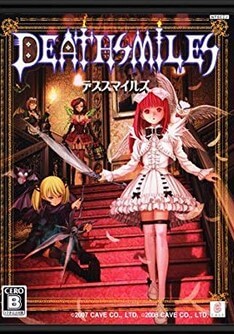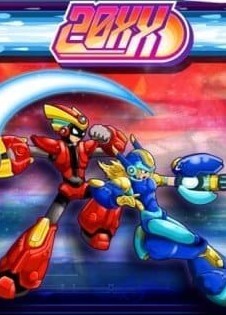Plot
The story of Mega Man X3 is set during the 22nd century (the year "21XX"), in which after Mega Man X2 humans coexist with intelligent robots called "Reploids" (replicant androids). Due to their free will, some Reploids are prone to criminal activity and are said to go "Maverick". Dr. Cain, the inventor of the Reploids, establishes a military taskforce called the "Maverick Hunters" to prevent it. Even after two successful efforts by the Hunters Mega Man X and Zero to stop a Maverick leader named Sigma from attempting to exterminate the human race, Maverick activity seems to continue. However, the threat of the Mavericks is later neutralized thanks to the technology of the Reploid scientist Dr. Doppler, which prevents the Mavericks from going berserk. The reformed Reploids form a utopia near their new mentor called "Dopple Town". It seemed that all is well until the former Reploids suddenly revert and once again begin causing trouble, even going so far as to attack Hunter headquarters. Doppler is held accountable, and X and Zero are sent out to contain the new threat.
Once the two heroes defeat Doppler and the forces that have sworn allegiance to him, the scientist comes to his senses and realizes all the damage that he has done. He explains that Sigma is alive as a computer virus, and that Doppler was corrupted in order to create a new body for Sigma. X seeks out Sigma, and after an intense battle, the Sigma Virus in its pure form chases X in an attempt to infect and possess him. Once X finds himself at a dead end, one of two things may happen. In one of the game's endings, Zero takes Doppler's true antivirus software and uploads it onto his sabre offscreen. He rushes in to save X just in time and causes Sigma to explode, destroying the lab as they evacuate. However, if Zero is injured during the game, Doppler instead uses his own body as the antivirus and sacrifices himself for the greater good.
Gameplay
Mega Man X3 adopts the gameplay of Mega Man X and Mega Man X2, an expansion of the gameplay model of the original Mega Man series. These action-platform games involve taking control of the protagonist X and completing a series of eight, selectable stages. Each stage has a variety of obstacles, traps, and enemy robots to fight. The stage terminates in a Maverick boss fight; defeating this boss will add a new special weapon to the player's arsenal. Each boss is particularly weak to one special weapon, so the player may complete the stages in an order that best exploits these weaknesses. The player character X retains certain abilities from past games. Namely, he is able to run, jump, dash, cling to and scale most walls, and fire his chargeable "X-Buster" arm cannon and special weapons. The player can further upgrade X's abilities by collecting armor parts (head, body, legs, and X-Buster) found within capsules in some levels. Capsules containing special chips add new abilities as well. X is generally only able to benefit from one chip at a time, allowing the player to customize the character as needed. However, one hidden capsule gives X the benefits of all four special chips.
Like the two previous Mega Man X games, the player can locate power-ups such as "Heart Tanks" for extending the maximum life energy and "Sub-Tanks" for storing energy for later use. Also returning are powerful "Ride Armor" vehicles that can be piloted in some of the stages. Items hidden within certain levels can be collected which allow the player to summon vehicles at any time. Mega Man X3 is the first game in the series which allows the player to play as X's ally Zero, although his playability is more limited compared to later games in the series. Zero can be called to take X's place during nearly any stage, but he cannot collect any of X's armor parts or power-ups, and cannot fight mid-stage or end-stage bosses, with only one exception that grants access to a secret weapon for X. If Zero is ever defeated in battle, he will be unable to be called upon for the rest of the game.
Reception
Press reception for Mega Man X3 was mostly positive. Reviewers praised the game's tried-and-true gameplay, graphics, control, and the option to play as Zero. Mike Weigand of GamePro was generally pleased with the game, and, though he admitted it brought little new to the franchise, enjoyed the increased difficulty, tight controls, and new special effects. Weigand summarized, "It may be routine for experience players, but anyone who hasn't played a 16-bit game in the series will discover Mega magic." GameFan reviewer Dave Halverson was equally impressed by the "speed, diversity, special FX, and power up's," calling it "a fitting 16-bit finale to a great series". IGN similarly asserted Mega Man X3 as "a solid send-off for the 16-bit era", naming it the 67th-best SNES of all time on a 2011 list. Two of Electronic Gaming Monthly's reviewers considered the game an improvement over X2 with its larger levels and huge number of secrets, while the other two focused on its overt similarity to previous games in the series.
Some felt Mega Man X3 was too similar to past Mega Man games. Super Play writer Jonathan Davies found the game far too similar to Mega Man X2, questioning whether or not "Capcom are cashing in on their loyal fans". All but one of the four reviewers for Electronic Gaming Monthly complained that the game is too similar to other Mega Man games, with one writing: "I am so sick of Mega Man, that I have dreams at night of the blue-clothed hero showing up at my house and forcing me to play more of his redundant titles. This latest release is just like all the rest." Likewise, 1UP.com writer Jeremy Parish thought that the game differed little from past releases, complaining that it was "more of the same, but with a kitchen-sink design philosophy that made every single level feel like a sluggish, ill-designed mess." GameSpot editors Christian Nutt and Justin Speer specifically felt the number of power-ups and bonuses overshadowed the gameplay, barely benefiting from the addition of Zero as a limited playable character.
The port versions of the game suffered more negative criticism than their SNES counterpart. The level designs and overall gameplay were highly criticized by Computer Games Magazine contributor Nathan Smith, who reviewed the late Windows release of the game. "Packing more cliché console conventions than you can shake a gamepad at," Smith opined, "you'll need the patience of Job, the manual dexterity of a nine-year-old, and the intelligence of Forrest Gump to really enjoy this one." Saturn Power denoted Mega Man X3 the worst Saturn title in the console's available game library. Matt Yeo of Sega Saturn Magazine had fair comments about Mega Man X3 as an SNES game, but labeled the UK Saturn version "a bit of a travesty" due to its lack of innovation and a "dubious" quality of the anime cutscenes. Halverson enjoyed the use of redbook audio in the 32-bit conversion despite not finding the music particularly memorable. Both Yeo and Halverson were dismayed by the use of letterbox borders in the Saturn version, which horizontally reduce the screen size.
